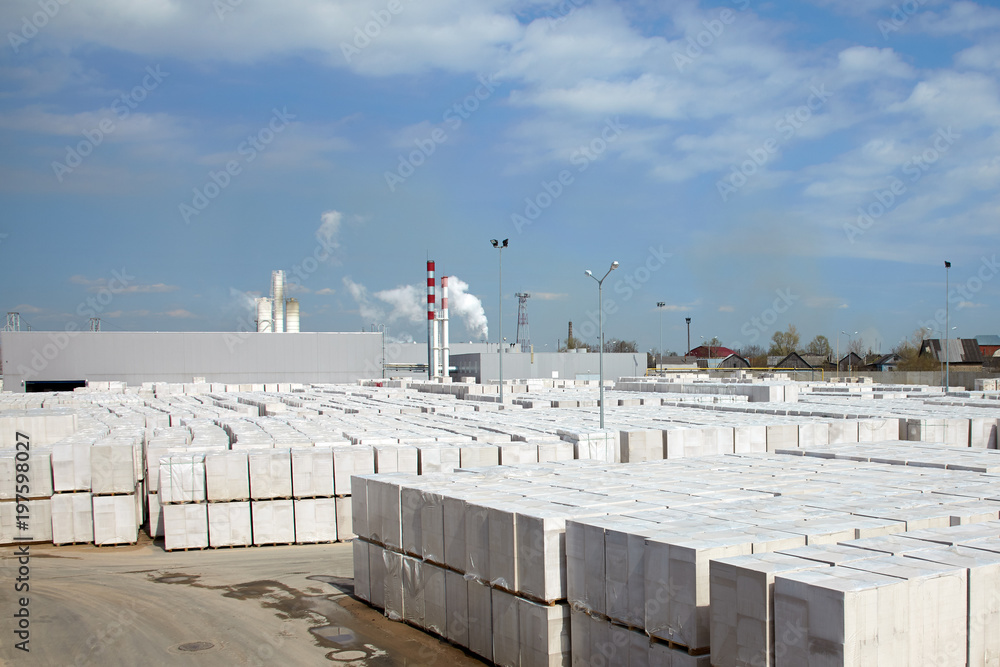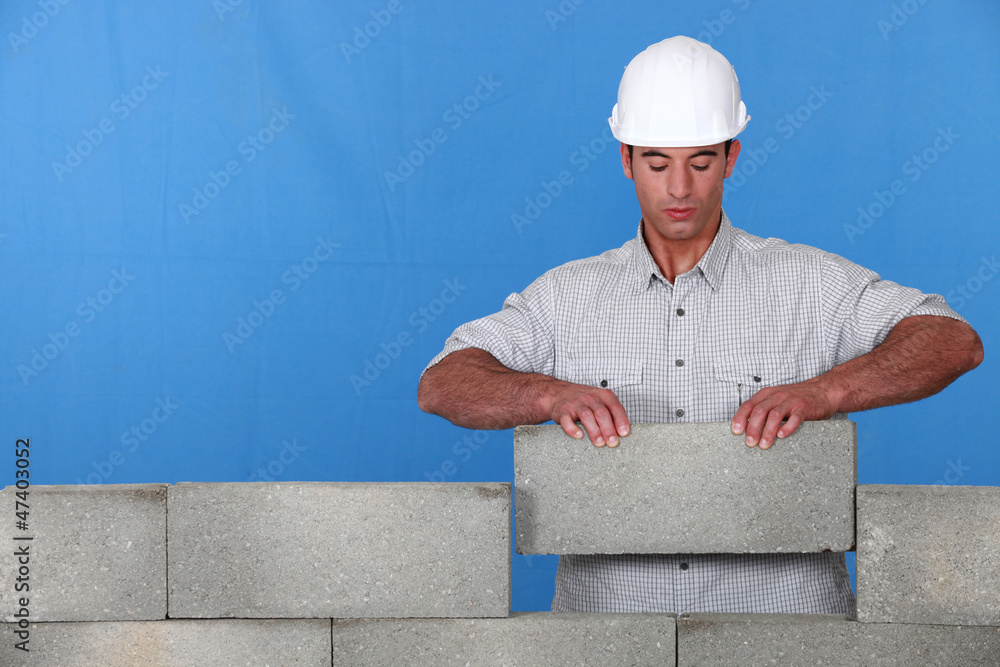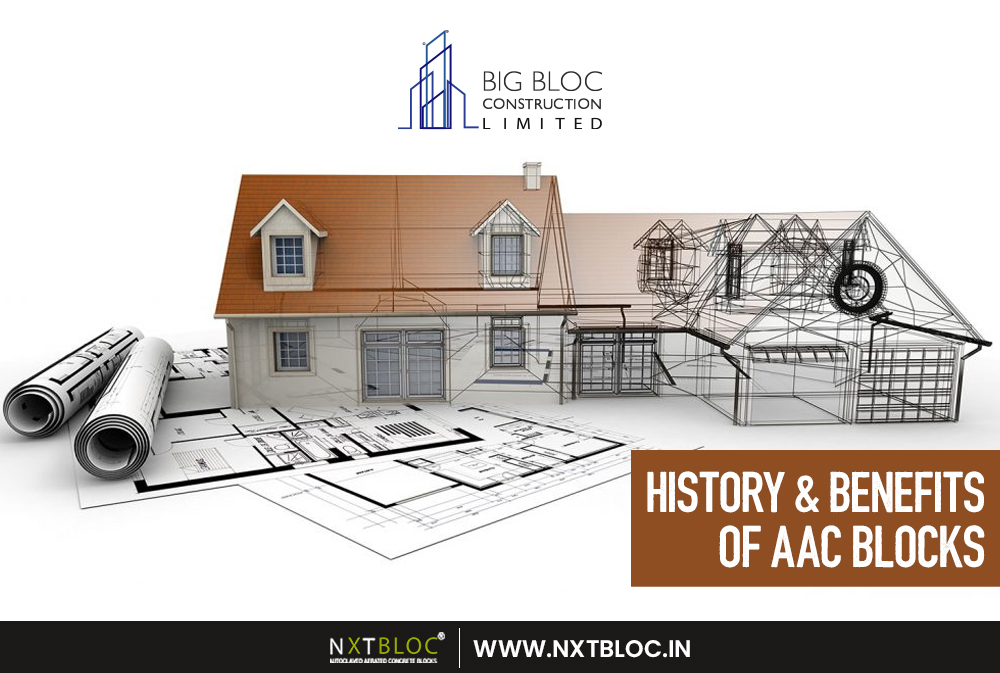In this post, we will learn about the history and benefits of autoclaved aerated concrete (AAC) blocks. AAC block is lightweight, precast, and low-density foam concrete material and offers a secure construction, insulation, mould and fire protection as an alternative to conventional red bricks.
With the introduction of new building materials, the idea of construction has been reinterpreted in India. For a memorable and lasting architectural experience, architects are developing creative concepts. Even the basic construction materials, such as bricks or blocks, which are frequently used to build walls and foundations for structures, have undergone improvements.
How are AAC blocks manufactured?
In 1924, a Swedish architect, Dr. Johan Axel Eriksson created AAC by combining cement, sand, water, lime, and aluminium powder. Aluminium powder gives the structure, lightness, and insulation, while cement strength provides block hardness and a rapid curing mechanism.

Here are some benefits of AAC blocks
- Low Density:
AAC blocks are ideal and less expensive to transport because they are lightweight due to their low density. When compared to red bricks and concrete, it is 30% to 35% lighter, respectively. Due to decreased dead loads, this characteristic of AAC blocks aids in the construction of taller buildings. Superior workability is another benefit, which reduces foundation, construction investment, and overall expenses.
- Self-heat Insulation:
With an inner insulation value of R30, AAC offers the best performance. Aluminium prevents the creation of hydrogen gas from combusting when it interacts with calcium hydroxide. As fewer air conditioners and blowers are required, this feature also aids in effective energy conservation.
- Fire Resistance:
AAC blocks offer the best fire rating of four hours and a melting point exceeding 1600°C. Because AAC blocks are made entirely of inorganic and non-combustible materials, they are extremely fire resistant. AAC blocks successfully provide fire safety in construction projects where it is crucial, depending on the thickness of these blocks.
- Flexibility:
AAC blocks, which come in a variety of sizes, can replace several clay bricks with just a few blocks. This shortens the project’s overall duration by cutting down on the time needed for installation and laying. When compared to other concrete buildings, they also reduce the requirement for adding more joints. They give too much flexibility since they can be adjusted by cutting, nailing, drilling, and milling to fit them.

- Earthquake Resistant:
This material is ideal for this demand as people become increasingly conscious of the need to design structures that withstand seismic waves. The lightweight AAC structure is safer than other structures since a building’s weight directly correlates to the force of an earthquake.
- Pest Resistance:
The construction of AAC blocks from inorganic materials guards against damage from rodents, termites, and other pest infestations. Additionally, it stops mould from developing inside the building.
- Sustainability:
Fly ash, a byproduct of thermal power plant waste that is thought to be non-toxic in nature, is used to make AAC blocks. The production process makes sure that every cutting residue may be recovered and used again. Pollutant emissions from AAC block manufacture are negligible.
Conclusion
AAC blocks, also known as autoclaved aerated concrete blocks, are important in the construction sector. In addition to having qualities that make it possible to build a solid, long-lasting building, they are also sustainable and environmentally friendly. We may conclude that autoclaved aerated concrete blocks are highly flexible, low weight, environmentally friendly, thermally resistant, sound insulators, fire resistant, moisture resistant, and resistant to the effects of freezing and thawing. It is a simple substitute for traditional red clay brick.
